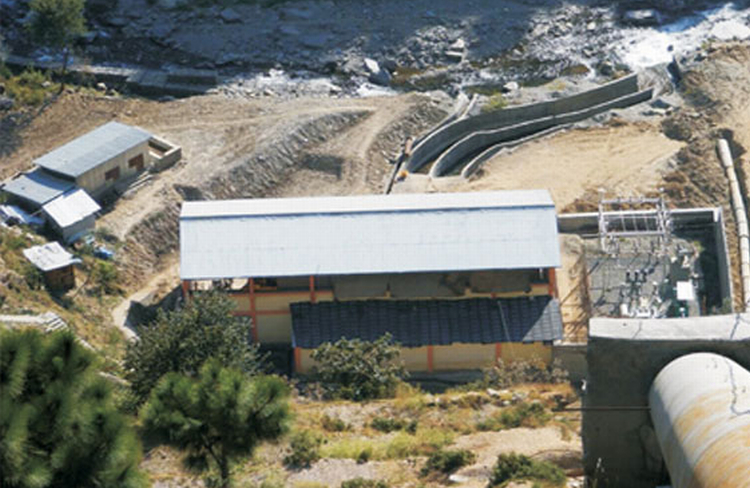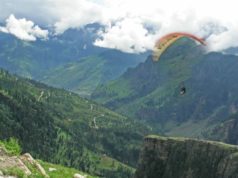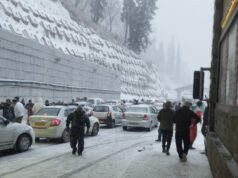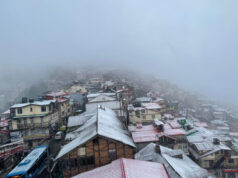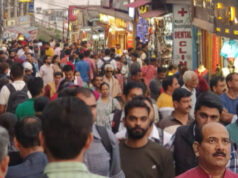Providing safe drinking water to all and irrigation facilities to farmers of the State is one of the main priority given by the present State government. After having been covered all the census villages with drinking water facility, now the work to provide water to left out habitats has been taken in hand.
Himachal is one of few States of the country where all the census villages have been provided with drinking water facility. There are 53,604 habitations in the State and out of these 32,416 habitations have already been covered with drinking water facilities till March 2014 and 2509 habitations are targeted to be covered during 2014-15 against which 1328 habitations have been covered upto 31 October,2014.
State Government is providing drinking water at the rate of 70 litres per capita per day (LPCPD) in rural areas against 55 LPCPD envisaged in the 12th plan. As per census 2011, 89.5 percent families are using tap water in Himachal Pradesh while this figure was 84.1 percent in previous census. 83.9 percent of tap water is being made available from treated source in Himachal Pradesh aginst 32 percent at National level.
Hand pumps being provided, on need basis, with focus on regions facing scarcity of water. 30,978 hand pumps have been installed in the State upto March, 2014. During the current financial year, 379 hand pumps have been installed upto September, 2014. Six water ATMs being installed at important destinations.
Detailed Project Reports for augmentation of water supply schemes Dharamshala, Mandi, Kullu, Manali, Kangra, Nagrota Bagwan, Rampur and construction of sewerage scheme for Baddi and Nalagarh towns approved for Rs. 247 crore under Urban Infrastructure Development Scheme for Small and Medium Towns (UIDSSMT).
Out of total cultivable areas of 5.83 lakh hectares of the State, 3.35 lakh hectares areas can be provided with assured irrigation facilities. An area of 2.60 lakh hectares has been brought under the command irrigation schemes. 3000 hectares land being brought under minor irrigation during 2014-15 against which 1999 hectares land has been covered upto 31 October, 2014.
To increase the crop production, the importance of irrigation is well established. Adequate and timely supply of irrigation water to crop is the pre-requisite in the agriculture production process, particularly in the areas where the rainfall is scanty and irregular. The supply of land is fixed, i.e. inelastic; therefore, the accelerated growth in the production is possible through multiple cropping and realization of higher crop yield per unit area, which in turn depends upon irrigation. Creation of irrigation potential and its optimum utilization continues to receive a high priority in Government planning.
As many as 2.31 lakh hectares of land in the State has been identified as flood prone. 22,647 hectares of area had been protected and many flood protection works are in progress. There is a target to protect 500 hectares land from floods during the year 2014-15 and 337 hectares area has been protected upto 31 October, 2014. During the year 2013-14 a sum of Rs. 4,942 lakh has been provided to protect 500 hectares of land.
Rs. 922 crore Channelization of Swan rivers from Daulatpur to Gagret bridge and all tributaries joining main Swan river in Una District is in progress under Food Management Programme. A project worth Rs 1155.15 crore for channelization of Beas River from Palchan to Aut and a project worth Rs 191 crore for Pabbar River Channelization have been sent to Government of India for approval under flood management programme. For Channelization of Chaunch Khud in Indora in district Kangra a sum of Rs 180 crore is being spent.
State Water Policy-2005 has been modified during 2013 and approved by the Government. Total budget outlays of Rs. 1500 Crore are being spent for the Irrigation & Public Health sectior during current financial year.


